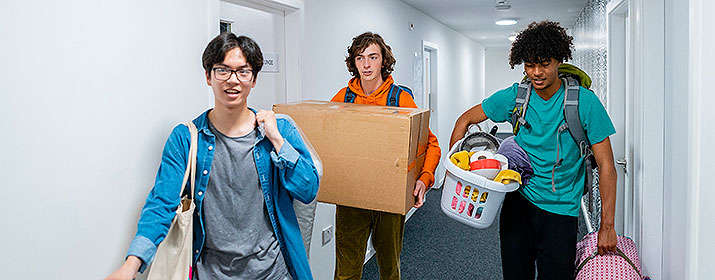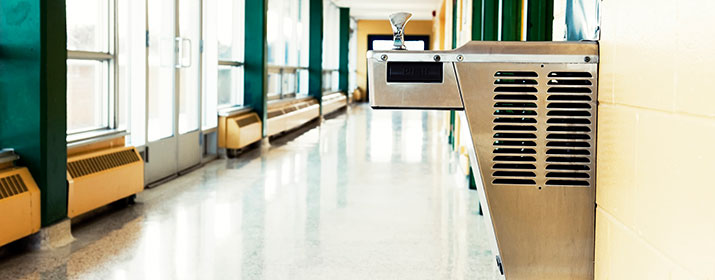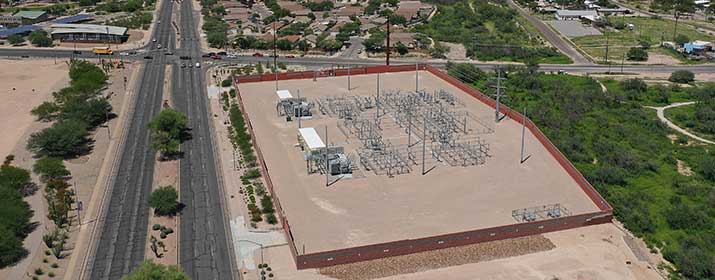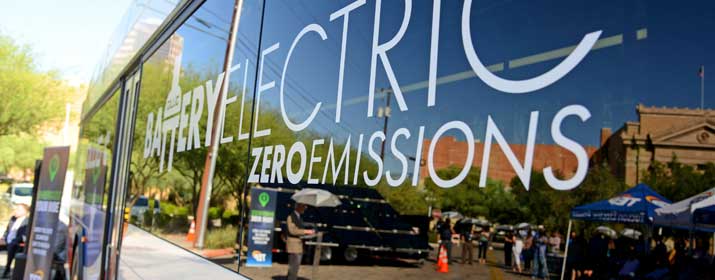
Students heading off to campus can help preserve our planet and reduce emissions by being conscious about using energy.
Whether living off- or on-campus – where the college may pay the electric costs – students can still do their part to reduce their carbon footprint.
No syllabus necessary; just these six tips.
Look for the star
Students planning to purchase electronics and appliances for school should look for the ENERGY STAR® label.
Overall, ENERGY STAR computers, monitors, printers, TVs, mini-fridges and other electronics use about half the electricity of standard equipment. That’s because they‘re more efficient in all modes, including standby or “sleep.” They’re designed to “wake up” from and return to sleep mode quicker. Newer products maximize energy savings with this factory default setting.
If each TV, DVD and sound bar purchased in the U.S. this year were ENERGY STAR-certified, consumers would save more than $250 million in energy costs and prevent 2.9 billion pounds of greenhouse gas emissions every year. That equals emissions from nearly 290,000 vehicles.
Turn it up
Air conditioning is a big energy draw for households, and dorm rooms are no exception.
Most modern dorm rooms have individual thermostats, and many have air conditioning. “Setting the temperature a few degrees higher or to 78 degrees during warmer months helps reduce energy usage and cooling costs,” said Tammy McKay, Senior Program Manager for Tucson Electric Power. “Increasing the temperature by just one degree can reduce energy usage by 3 percent.”
Students living in older dorms without AC or who just want to use less energy can use oscillating fans to feel cooler. Also, remember to close windows when the AC is on and draw curtains or shades by sunny windows to reduce heat gain and stay cooler.
Be smart about lighting
If your college rental doesn’t have LED lighting, consider asking facilities management or your landlord to swap out incandescent bulbs with LED bulbs. LED bulbs, which are now inexpensive, use at least 75 percent less energy and last 25 times longer than old-fashioned incandescent bulbs. They also give off less heat than standard bulbs, helping to keep your room cooler.
Even if you’re using LEDs, take advantage of natural light whenever possible instead of turning on lamps, and remember to switch off all lights when you leave the room.
Unplug
One study found that the average dorm room consumes more than 30 percent of its energy when unoccupied. “That’s because phantom energy draw occurs when appliances and electronics – especially those with memory chips or timers – use standby power,” said McKay. “They continue to consume electricity even when they’re turned off and not in use.”
The U.S. Department of Energy reports that in an average dwelling, 75 percent of all electricity used to power electronics is consumed after the products are turned off. To stop phantom energy draw, use a smart power strip or surge protector. Plug all of your electronics into the strip and then turn them all off with a flip of a switch.
Adjust electronics settings
Computers, TVs and gaming consoles use a lot of energy, but there are ways to save. Computers can be set to go into sleep or low-power mode when unused for a while. Enabling the automatic power-down feature on your console also will reduce energy usage. Another way to save energy is to use a dedicated streaming device or an app on your TV rather than using an app installed on the console.
Make your TV more energy efficient by enabling the automatic brightness control. It adjusts the picture brightness level to the amount of light in the room.
Control the flow
Water heating is the second largest energy expense in residential housing, accounting for about 18 percent of energy use. Installing aerators in bathroom faucets reduces energy usage from water heating, too. Aerators, which cost less than a few dollars, simply screw on to the tip of the faucet to reduce water flow.
Reminding your roomies to take shorter showers and turn off the faucet when brushing teeth also are little things that can make a big impact if students collectively do their part to save energy.






